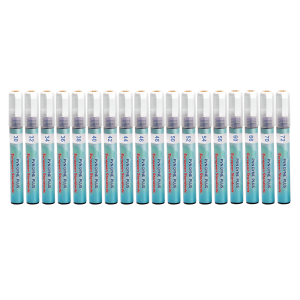









PVN Techno Systems LLP is an Ahmedabad, Gujarat. Based Supply & Service Company with five decades of collective experience in the field of Surface treatment technology. We’re the team of professionals who can understand the customer needs and full fill those requirements...
6-7, PV Avenue, Sanskar Industrial Hub-2, B/h Pavan Industrial Park, Indore Highway, Bakrol-Bujrang-382430, Ahmedabad, Gujarat, India.
Works: +91 9727777057 / 59 / 51 / 61 Office: +91 9925263487 Web: www.pvntechnosystems.com
Email: info@pvntechnosystems.com sales@pvntechnosystems.com support@pvntechnosystems.com
